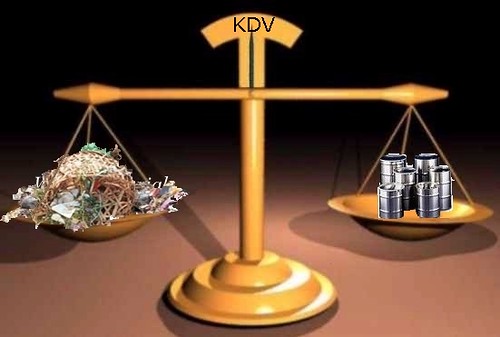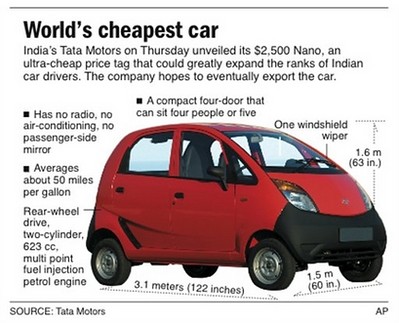Now available! Policy Briefs and Audio/Video recordings from the Transportation For America Webinar on Transportation and Housing/Development
Transportation for America’s webinar on Transportation and Housing took place last week. This is the third one in a series of webinars that explore the deep impacts of our transportation system on our housing and job markets, public health, energy needs, climate, economic competitiveness, and nearly every other pressing issue facing our country today. This particular webinar on Transportation and Housing/Development had almost 300 people in attendance, who heard from development experts on the connections between transportation policy, real estate development, and affordable housing. The following links will take you to the products (policy briefs and A/V recordings) from the session.
- Policy Brief: Transportation and Housing (pdf)
- Policy Brief: Transportation and Development (pdf)
- Audio and video recording of the entire webinar
- Podcast audio file (.mp3)
- Podcast video file (.mp4)
With economic crisis putting jobs in jeopardy, homes in foreclosure and entire communities in peril, Americans are facing extraordinary challenges in finding affordable and accessible housing options. Now more than ever, we need federal leadership to help make the critical link between our housing and transportation policies and creating revitalized communities where people can find good places to live and convenient ways to get around.
Shelley Poticha, President and CEO of Reconnecting America and the Center for Transit Oriented Development moderated the discussion and provided an overview of the Transportation for America Campaign.
Christopher Leinberger, Visiting Fellow at the Brookings Institution and Partner of Arcadia Land Company; discussed the benefits of walkable urbanism and the linkages between land value and transportation systems. Ann Norton, Senior Staff Attorney at the Housing Preservation Project, provided a snapshot of Blueprint planning from the Minneapolis / St. Paul Metropolitan Area that links up transportation and land-use planning. Finally, John McIlwain, Senior Resident Fellow at the Urban Land Institute discussed policy options for locating housing around transportation nodes and creating compact, mixed use, mixed income neighborhoods.
There are still more webinars on tap. Sign up for more sessions on the webinars page. The next session is April 30 (2-3:30PM) on Transportation, Public Health and Safety. Here is a brief description of the upcoming session: Transportation influences the health and safety of communities by affecting physical activity levels, traffic speeds, and air pollution. This session will investigate the needs of paratransit and transit-dependent populations, the success of Complete Streets and non-motorized transportation programs, and the connections between transportation and active living.
(Source: Transportation for America)









![Spain's system of 218-mile-an-hour bullet trains, the AVE[mdash ]meaning 'bird' in Spanish[mdash ]has increased mobility for many residents, though critics say it has come at the expense of less-glamorous forms of transportation.](http://s.wsj.net/public/resources/images/NA-AX208_FASTRA_G_20090419183055.jpg)


